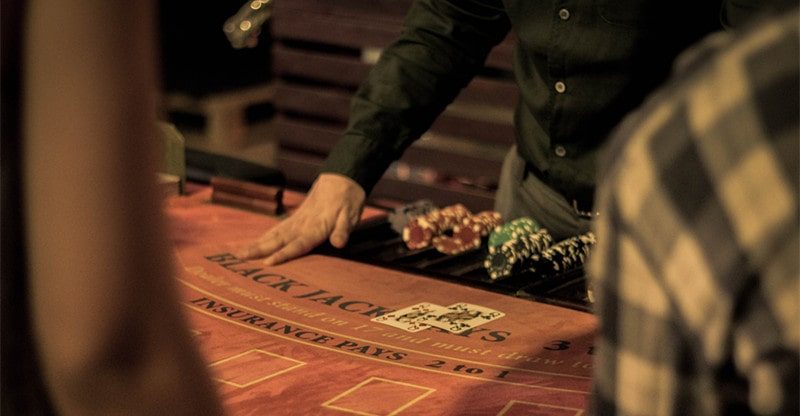Secrets of Blackjack That Beginners Often Miss
Blackjack is held in incredibly high prestige among casino players. While the likes of slots, baccarat, and roulette are all wholly luck-based, there’s a small bit of decision-making in blackjack, which gives players an ounce of control over the outcome. Although Hollywood movies and books have waxed lyrical about the ability to beat the game, casinos have adapted to use multiple decks, deterring efforts to replicate big-screen heroes.
That’s one of the first secrets of modern blackjack that newcomers often miss. Blackjack has become less readable even for the most mathematical of minds, with the four, six, or eight decks in play often being shuffled or replaced by another shoe before they play through. Still, there are a few more lessons to keep in mind before clicking on or sitting at a game of blackjack.
A low house edge is still an edge
The house edge is the calculated percentage of how much the casino will win in the long run on one game. The fluctuations of results mean that each player experiences this differently. A lot of newcomers to the casino have a quick look online at the games with the lowest house edge, drawing them to blackjack.
It’s true that even complete novices have an average two percent house edge against them. However, as the famous saying goes: “the house always wins.” Blackjack is still in favor of the house, even with player input. Especially as a beginner, small mistakes made quickly bulk up the house edge, while in a randomized game, it stays flat.
Variety plays a big part in your experience
It used to be that you’d play against one or two blackjack table formats at land-based casinos, but with the surge in popularity of online blackjack games, players are experiencing a lot more variety. These varied games and multi-hand games can be very handy for newcomers as they make you think beyond the regular format, but it’s important to know why the variations matter.
Each table will likely offer different returns on a blackjack hand, with some being higher due to other slight rule tweaks, making it a more difficult game overall. Others may alter the insurance pay, allow or stop doubling down, and alter the number of decks in play.
Games like Single-Deck and Double-Deck blackjack are ideal for practicing your mental arithmetic at a blackjack table, but often offer a lower return on the best hand. That said, the odds of being dealt blackjack are just under five percent, even in Single-Deck Blackjack. You can click on the game’s information button to find out these details.
An understanding of basic strategy
Due to its name, many people think that immersing themselves in Basic Strategy makes them a tactical marvel at the blackjack table, but what it really does is teaching you how to play the cards dealt to the table. You can get a lot of what you need from this probability-based approach from a single Basic Strategy card.
Easy enough to find and buy online, they show a color-coded grid of scenarios and ideal plays, including when to Hit, Double-Down, Stand, or Surrender. All that you need to know before studying the simple chart is the difference between hard and soft hands. Simply put: a soft hand has an ace, while a hard hand doesn’t have an ace. It’s termed this way because an ace can be one or 11, meaning that you don’t have a hard-hand value.
Understanding that a low edge can be made greater by inexperienced players, that variant tables have different rules, and how to use Basic Strategy can all help beginners get a foothold in the game of blackjack.



